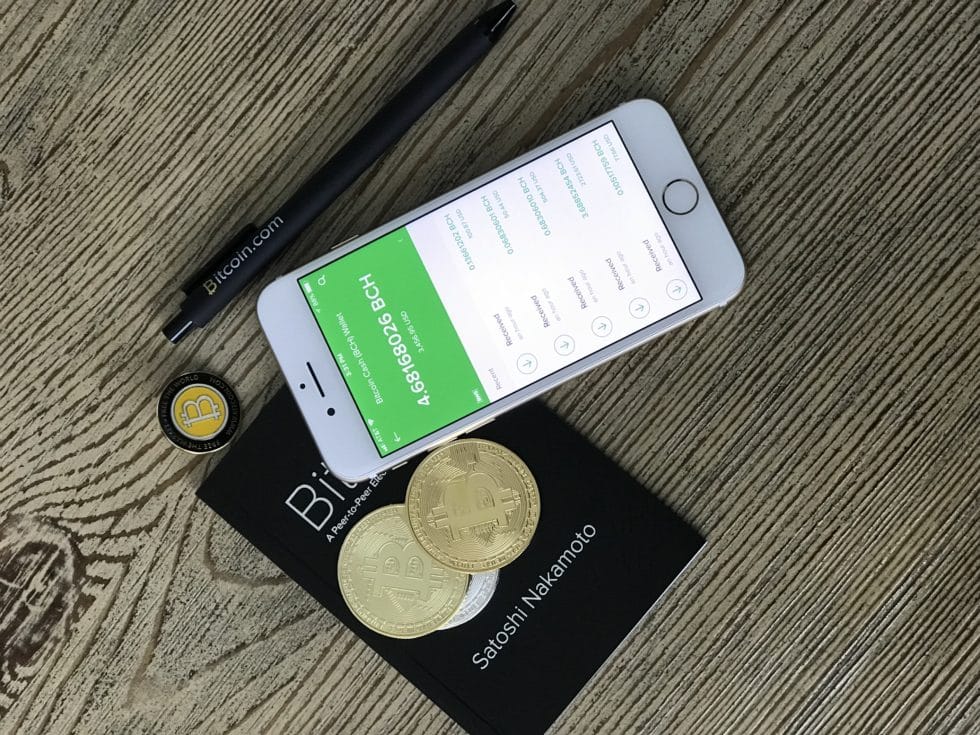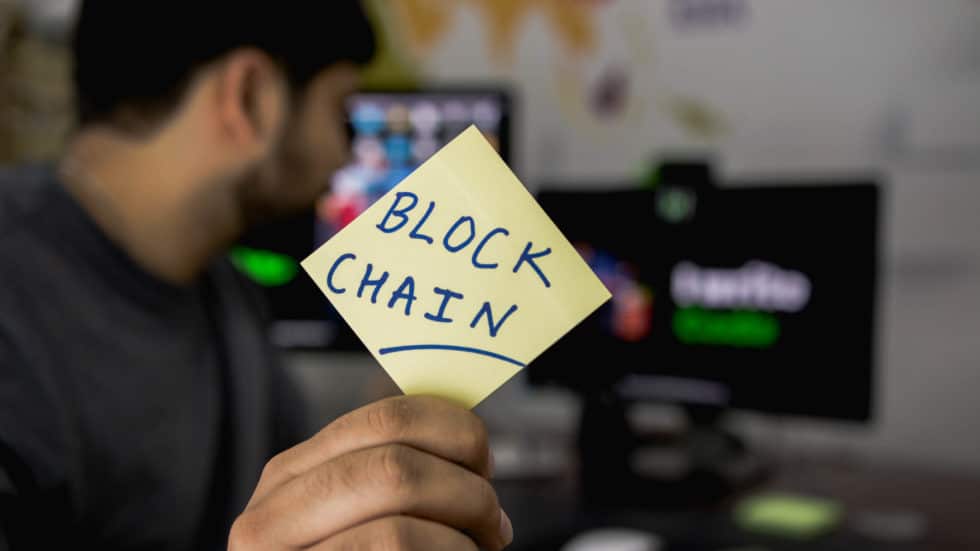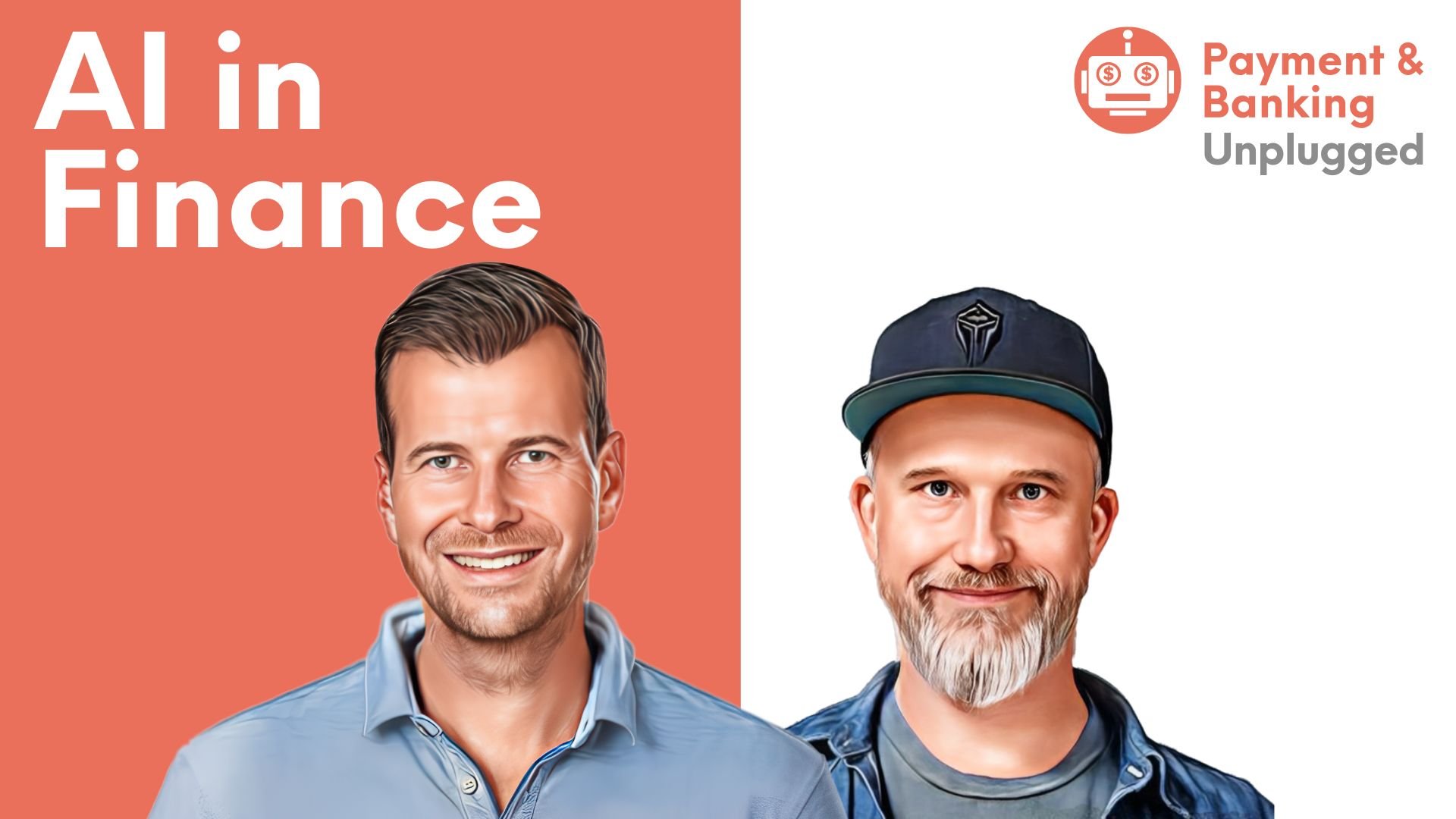A guest article by Jonathan Knoll
Was Bill Gates right when he said the world needs banking, but not banks? Maybe. Maybe not. Until Blockchain technologies fulfill the promise of being where 100’s of millions or even billions of people place their trust in all manner of financial transactions, banks still have an opportunity to be the ‘store of value’ of choice.
But as we see from recent reports, GAFA is moving in to the blockchain space quickly. This could help the technology go mainstream reaching potentially 100’s of millions of consumers, but this also narrows the window of opportunity for banks to carve out their role.
Here is my take on what how blockchain-technologies may set up the future of banking services like lending and yield.
The Era of Tokenized Assets
After the big run up in prices of Bitcoin and Co a little over a year ago, the talk in the industry was how the “market cap” of all crypto currencies might someday hit $1 trillion and this was going to usher in an era of crypto currencies as a new asset class.
In my view, too many people put too much emphasis on the crypto ‘market cap’ number, which isn’t really a true market cap in a conventional sense and is quite different from the equity value of a stock-listed company. So far, the price of crypto is speculative; demand-driven and not value- or asset-based (more on that in a minute).
Because of this, many have missed the signs of a fast-developing space; VC investment in blockchain and crypto-related projects more than doubled in 2018 and over the past several years a great number of bright people have staked their careers on this industry. And many teams across multiple projects have been making real progress. I think we will see the fruits of their labor in 2019.
As MIT Technology Review puts it, 2019 is set to be “the year that blockchain technology finally becomes normal.”
One of the areas where I believe we will see the most progress is in tokenizing assets. It will be just a logical consequence of the ubiquitous digitization. As many have noted in the past, whatever can be tokenized, will be tokenized. This emerging market is one of the areas where blockchain can deliver real, tangible value by reducing cost and taking out complexity as well as unlocking new business models. I rate this alongside global funds transfer and supply chain management as an early winner for blockchain technologies.
10 years after Satoshi Nakamoto empowered us with Bitcoin and blockchain, the next wave of innovation will be the tokenization of every asset – liquid and illiquid. This market is expected to grow from $300 billion today to as large as $24 trillion in less than 10 years.
The latest World Wealth Report, issued by Capgemini in 2018, highlights that on average 9.4% of global High Net Worth Individuals wealth (i.e. US$6.58 trillion) is invested in “alternative investments”, which would include cryptocurrencies. What was once only available to the rich, will soon be available to all.
It is fun to imagine what this could mean for the fintech industry. It raises a number of very interesting questions:
- Thanks to smart contract technology on the blockchain, in the future will we really need centralized intermediaries taking their fee and acting as our trusted custodian?
- Could Security Token Offerings be the new way to raise capital? The owner of a start-up valued in millions, but still living on a start-up salary or an established small-business not able to afford to raise funds via an IPO could both benefit from this development.
- And what would it mean to you if you could access the equity in your home or apartment worth hundreds of thousands of Euros?
Advantages of Tokenizes Assets
The advantages of tokenized assets are well-documented and include some obvious benefits like frictionless and inexpensive transfer of ownership and 24/7 global trading with instant execution. Already today we can trade crypto at 2 a.m. on a Sunday. In addition, there are some less obvious, but critical benefits like

- Fractional ownership: This is huge in my mind. Several companies have already established fractional ownership of equities (e.g. Stockpile.com). And now we have real examples of using tokens to buy everything from a small slice of an Andy Warhol painting worth millions for just $17,000 (This actually happened in Singapore last September!)
or selling tokenized shares in a luxury hotel in Aspen, Colorado.
- Unlocking liquidity from illiquid assets: And this fractional ownership will drive much needed liquidity. Once secondary markets emerge, we will be able to trade our fractional ownership of our favorite piece of art or an apartment in New York or investment in a start-up instantly and this will create greater liquidity for these traditionally illiquid asset classes.
- Programmable Assets: Thanks to increasingly smarter contracts, these self-executing securities based on smart contracts will allow for more complex conditional payment structures to be reflected and automated. And possibly the greatest benefactor of this could be regulators who could potentially build in certain requirements in to the contract.
Reigning in Volatility
Volatility (up or down) is the speculator’s friend, but a huge hindrance in fully establishing tokens as a new asset class. However, 2019 promises to be the year of the Stablecoin.

In addition to established players like MakerDao, Tether, Circle, Paxos and Gemini, it will be interesting to follow the new entrants to the ecosystem like the UP Alliance, Bittrex and especially Facebook. With over 200 million WhatsApp users in India alone, where it is rumored they will be leveraging their own Stablecoin in a remittance use case, Facebook has the power to be a market maker and help tokens become mainstream globally. And in a response to Facebook, could an Amazon-Coin, Google-Coin or Chase-Coin be far behind?
All of these forces along with tokens of real assets that are intrinsically more stable will help keep a check on volatility. And new business models and opportunities will spring from this new reality.
Why Token Lending and Yield will be the next Big Thing
If the cryptocurrency markets stabilize and show good medium-term growth potential at the same time that previous illiquid assets become tokenized, we could finally see a new asset class emerge. This will likely open the doors for institutional investors and should go hand-in-hand with proper regulation to give everyone confidence in this new asset class.
Assuming that happens, some of the new business models that will gain increased traction will involve token lending and yield products. All thriving markets require liquidity and credit to reach their full potential and leveraging tokenized assets as collateral – whether BTC or a new Real Estate token – brings a number of advantages.
Take for example, the well-established HELOC (Home Equity Line of Credit). US Banks have successfully offered HELOC for decades and it is one of the most retail-friendly types of credit available today offering the consumer the best rates and terms. What was once only available to a small percentage of the global population (e.g. homeowners in the US) will now be available to a much wider market. And from a bank’s perspective, think about how much easier it will be in the future to sell off this collateralized asset if someone defaults on their loan.
And as token ownership increases, the access to affordable credit will dramatically increase. Since this is really an asset-backed loan, leveraging your token as collateral means you will get the best credit rates available and you can still maintain your hodl position as you won’t have to sell your assets. In addition, you will not trigger a tax event thus deferring capital gains tax.

The Future of Banking Services?
If you have access to the internet, you have access to Bitcoin (or any tokenized asset). And now access to collateralized loan and yield products. This is compelling to those in developed nations like Germany but imagine what is means for the billions unbanked across the globe. To be sure, we still need proper KYC to make sure bad actors are not getting on to these platforms, but from a credit perspective, the key element becomes the underlying value of the collateral and not a classic credit score. This is especially game-changing in countries where credit scores are limited or do not exist.
“Unbanked” is actually the wrong term to use here. As I recently heard someone say, it’s like calling a millennial “un-landlined”. These credit consumers of tomorrow will never be banked in a conventional sense as they will simply be doing their banking on the mobile – with or without a bank!
That is what my ‘crystal ball’ is telling me. What do you think? I’d love to hear your thoughts!
The author
Jonathan Knoll is Co-Founder and Managing Director of eTonec GmbH.
eTonec has decades of experience in payment systems, banking and regulation and they use this knowledge to create real, tangible value in the emerging blockchain & crypto industry.
Originally from the USA, he has lived and worked in Europe for several years. In addition to stations in Vienna & Berlin, he now lives in Munich.




